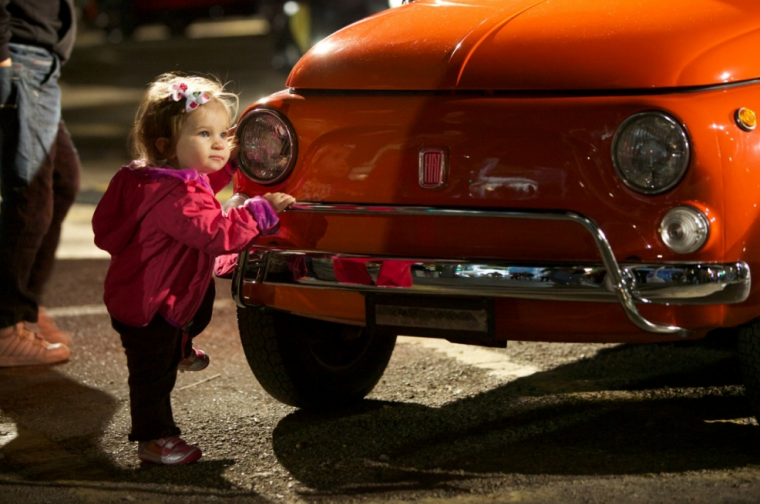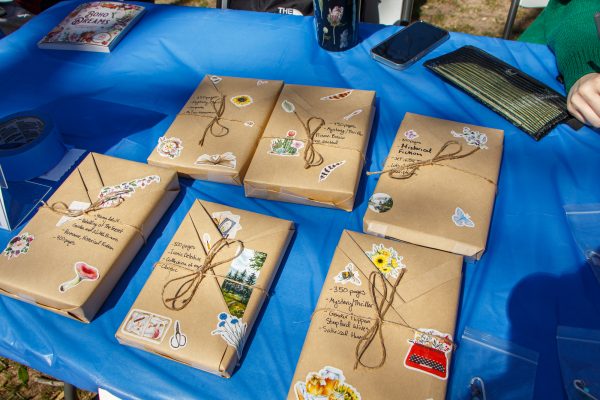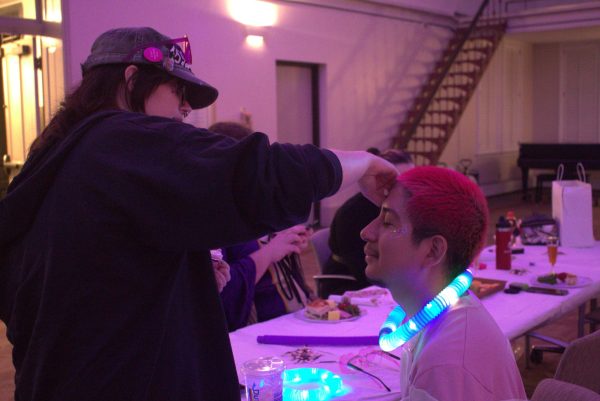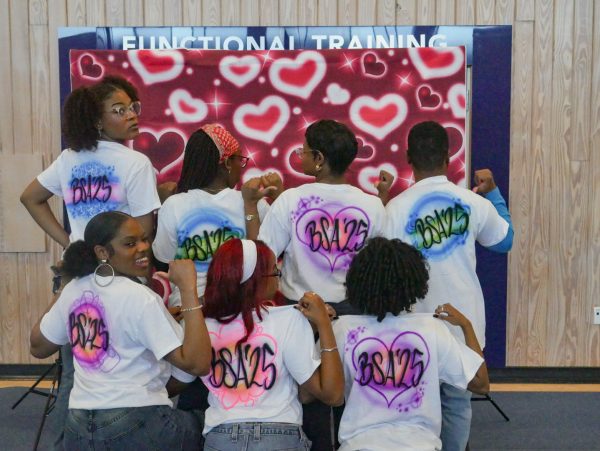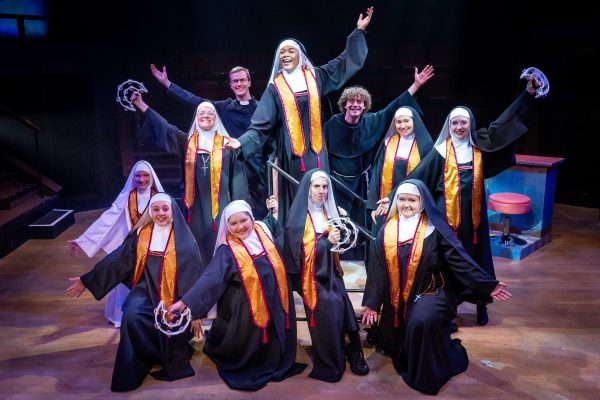Austin receives an influx of tourists during Formula One race
The Formula One race hosted at the Circuit of the Americas attracted visitors from around the world.
Austinites are used to large festivals and massive influxes of people. Austin City Limits, South by Southwest and dozens of other indie music and film festivals pepper the city throughout the year. However, these festivals usually attract hipsters, college students and starving artists.
The international phenomenon known as the Formula One United States Grand Prix, also known as F1, came to Austin on Nov. 18 for the very first time, bringing with it a very different type of clientele.
Foreign royalty, A-list celebrities and racing champions took over the city in a way that Austin has never known.
Austin played host to the Prince Albert II of Monaco, iconic filmmaker George Lucas and racing legend Mario Andretti — and that is just the short list.
Formula One is not the NASCAR style of racing commonly thought of in the United States. Since Formula One is incredibly high profile and expensive, the differences are vast.
To begin with, NASCAR uses a relatively bulky stock car that is limitedly customizable. Winning depends primarily on speed and endurance through a long race.
F1 cars embody the height of automotive technology. They are light, low to the ground and look like the cars of which 11-year-old boys dream at night. Winning an F1 race requires strategy, precision and intelligence.
NASCAR races consist of hundreds of laps on an oval track. No matter where the race takes place, drivers can expect the same track.
F1, however, races on intricate and treacherous tracks with sharp turns and hard curves and no two circuits are the same.
The F1 track in Austin, formally known as the Circuit of The Americas, CoTA, is unique in that it is the only U.S. location in the 2012 F1 season. It is, in fact, the only F1 racetrack currently in the country.
The winner of 2012 United States Grand Prix and first champion of Austin’s Circuit of The Americas track was Englishman Lewis Hamilton with British Formula 1 Team McLaren Mercedes. Hamilton won the last Grand Prix held in the United States in Indianapolis in 2007.
CoTA is actually southeast of Austin, about 9 miles from Austin-Bergstrom Airport.
The track is 3.4 miles long, can hold approximately 120,000 people in the stands and covers 375 acres.
CoTA was nearly filled to capacity for its first event with 117,429 people in attendance.
With more tourism, more money is bound to come into the state.
According to Angelos Angelou of Angelou Economics, the event may add more than $500 million to the economy over the course of the weekend. $30 million of which comes from sales tax alone.
CoTA estimates that the event will bring in even more money by reaching up to $500 million annually. The 10-year impact of the track is estimated by CoTA at over $4 billion.
The event did not stop at the track, however. F1 festivities took over downtown with Austin Fan Fest.
Austin Fan Fast hosted an impressive line-up of international stars including Aerosmith, Flo Rida, Lupe Fiasco, Enrique Iglesias, Ghostland Observatory and Juanes.
The festival also hosted many free shows for local musicians like Quiet Company, The Rocketboys, Danny Malone and Wild Child.
In addition to music, Austin Fan Fest had interactive exhibits, F1 show cars, gaming and more scattered around downtown.
While it seems that F1 race culture and Austin culture may seem at odds with each other, the track and the races are here to stay. Fortunately, the city seems to have found a way to embrace F1 and make it a unique, original and “weird” event that can not only stimulate the economy, but open Austinites up to a world of racing never before known in the United States.


